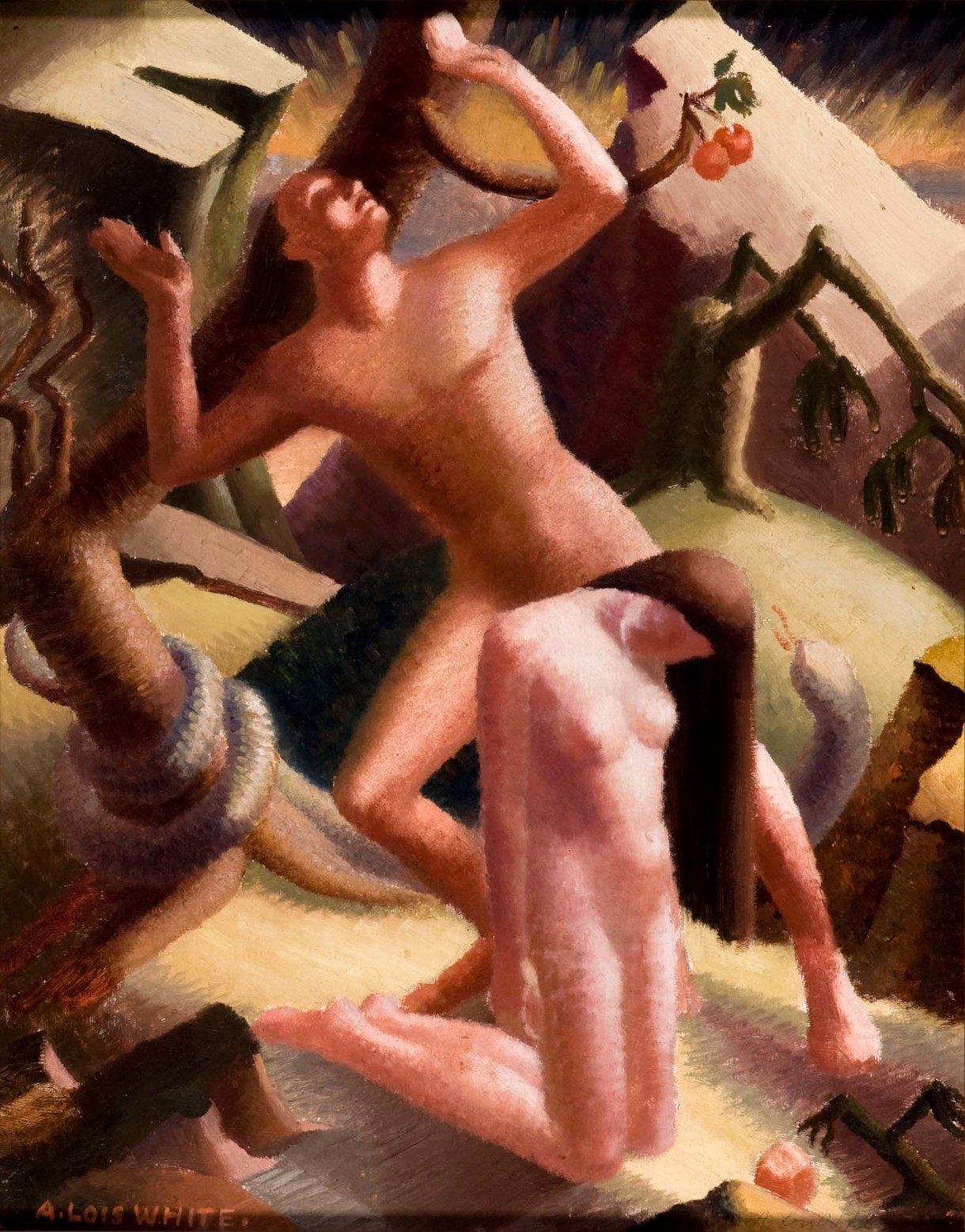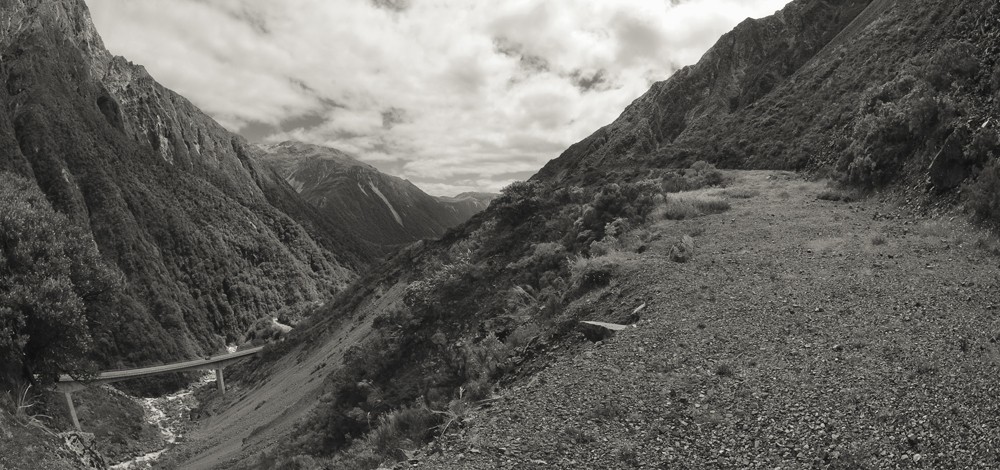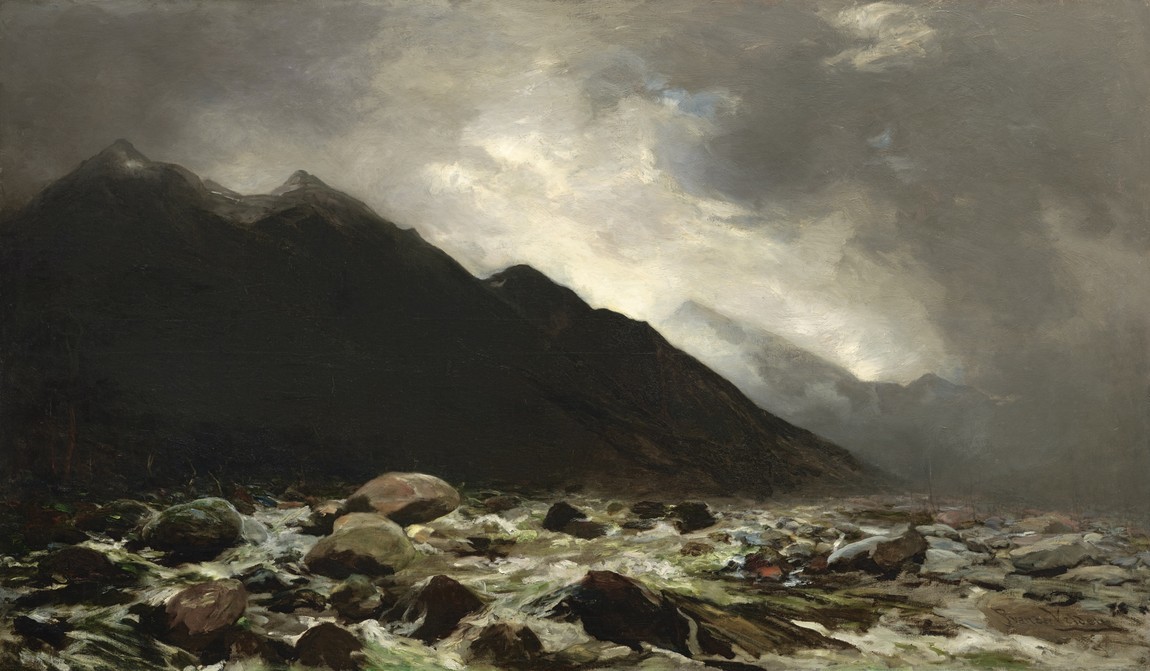Petrus van der Velden's The Dutch Funeral 1875
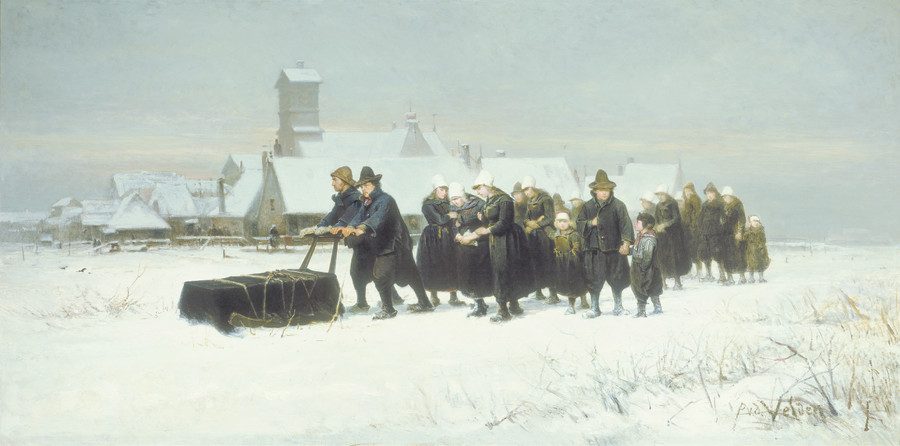
Petrus van der Velden The Dutch Funeral 1875.
Oil on canvas. Collection of Christchurch Art Gallery Te Puna o Waiwhetū, gifted by
Henry Charles Drury van Asch 1932.
If I don’t watch at least three films a week, my life starts to feel unsettled. Five is a good average to see me through, but above all at least one of these films must be terrifying.
Being scared by a movie is a great pleasure to me, much to the earnest concern of friends and family. I can only justify this need by the knowledge that I’ve been regularly engaging my adrenal glands through horror films since I was seven. At the video store my father had a parental responsibility blind spot in his filtration system of my selections – there was no filtering. By the time I was eight I’d seen the Hellraiser trilogy, most of the Nightmare on Elm Street films, and of course the sicker stuff which never made it to DVD. In conjunction with growing up on the Port Hills and in the neo-gothic architecture of Christchurch, I think I’ve been darkened somehow, and as an adult I’m able to manufacture a connection to my childhood by being scared in a controlled environment. Incidentally, these days I favour psychological horror with disturbing images and moralistic agendas taking precedence over token gruesomeness.
I remember first being introduced to The Dutch Funeral as a teenager, probably during my Danish horror phase. My art history teacher was Robyn Peers. Her classes were one of the strongest and most memorable parts of my education, teaching me how to observe and kōrero about artwork – skills that have influenced many other parts of my life. Since then I’ve forgotten almost everything I was told about van der Velden and the background of this painting, but Funeral continues to haunt me, its image still searing fifteen years later.
The Dutch Funeral
Scenario for a psychological horror by Dudley Benson
The small and devoutly Christian town is known far and wide for its meat. Enjoyed in the finest kitchens, their cuts of beef and lamb are the envy of other villages. But over the years their success has afforded them pride and arrogance, leading first to a disregard for the care of their livestock, and eventually to a total abuse of animal husbandry.
One morning the villagers wake with alarm to discover their horses vanished from the stables, the pastures of grazing cattle deserted, and where sheep and lambs were bleating, only a foreboding silence. It is inexplicable. A rural and isolated community, their livelihood and purpose are represented in the animals, and without them they face an encroaching winter of unimaginable hardship. The weather turns and snowfall blocks the village on all sides; the stores diminish and slowly the people begin to starve. The first victim is a child. Yet on the morning after her funeral, five cattle reappear in their paddock. Similarly, a handful of lambs are returned following the burial of another villager. Eventually the people realise their unwitting and macabre bargain with this unknown hand. They must reflect, and they must decide.








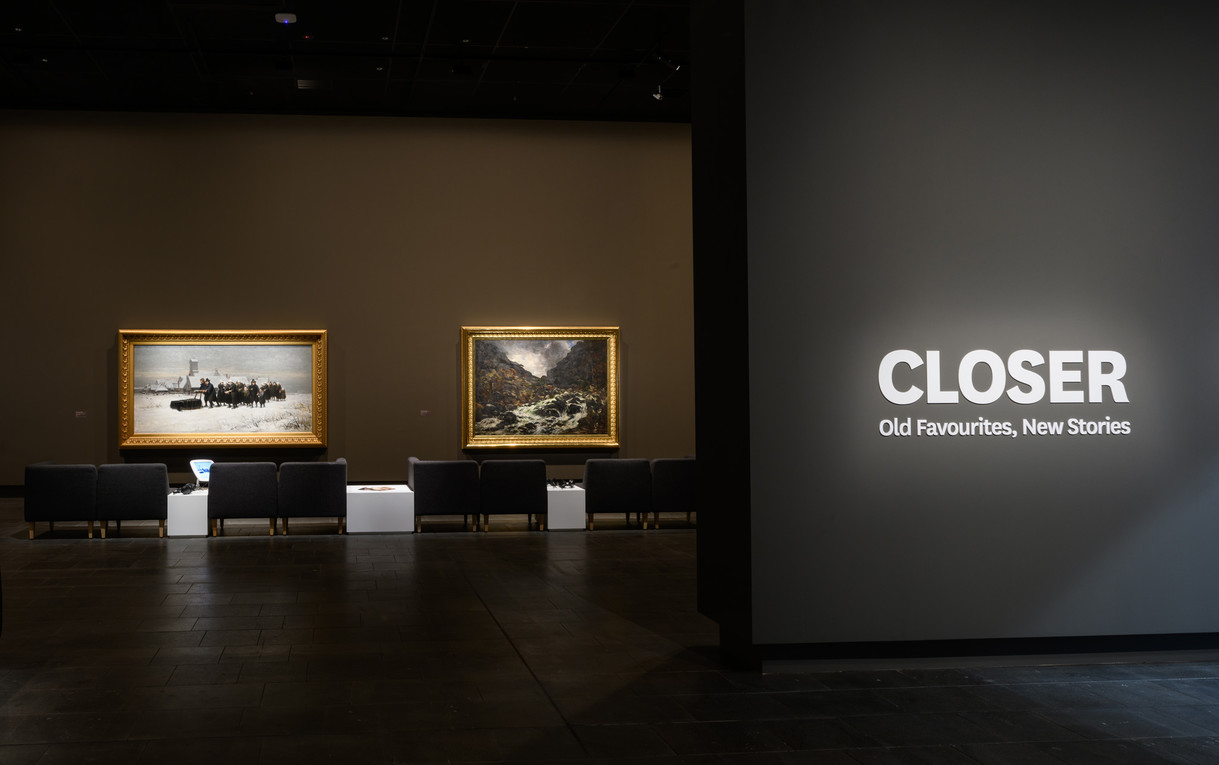
![Burial in the Winter on the Island of Marken [The Dutch Funeral]](/media/cache/9a/96/9a96b5688dc57ff080da3f88edc59314.jpg)
